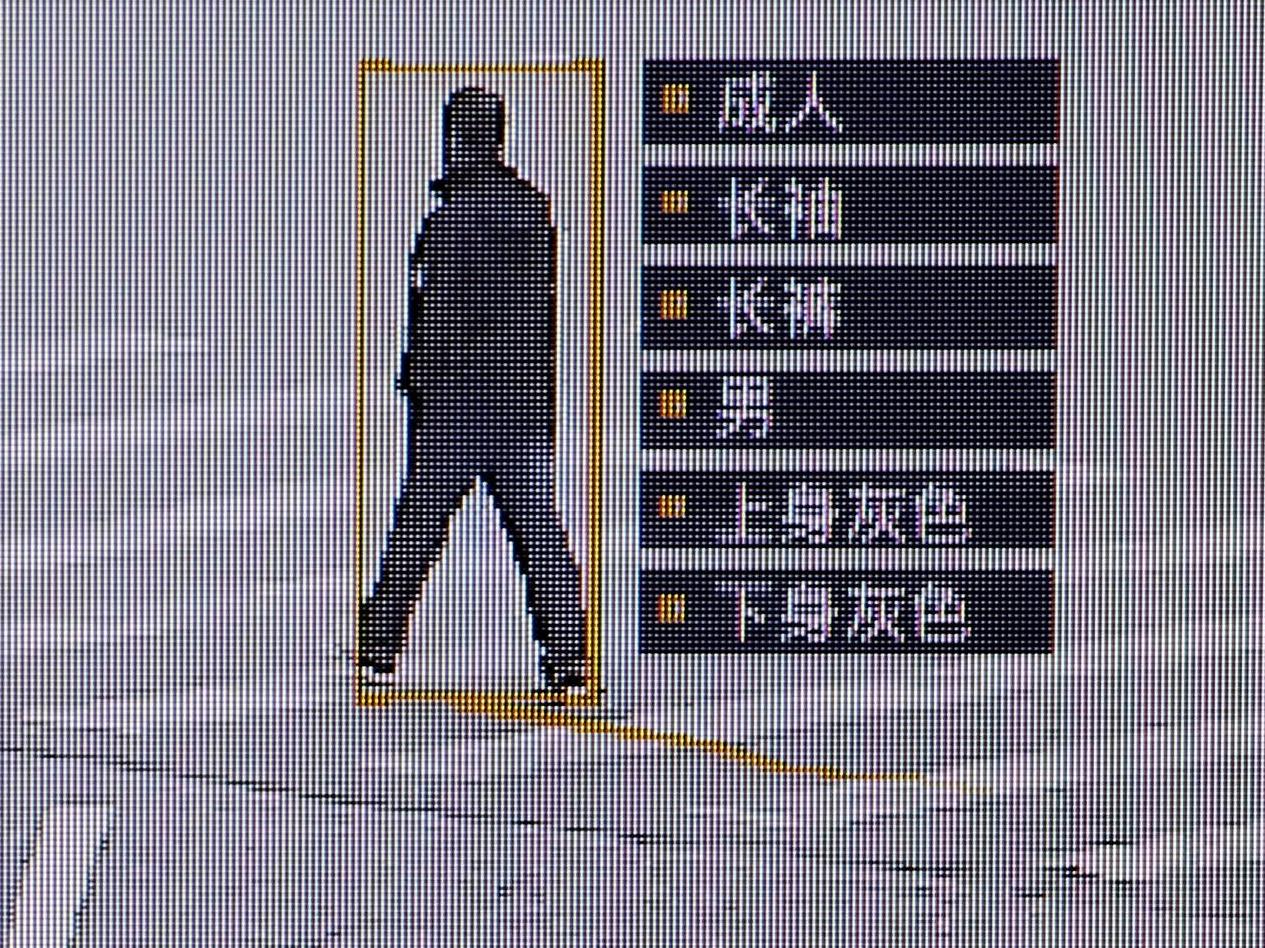China rolls out surveillance system to identify people by their body shape and walk
Software could be used on the country's network of 170 million CCTV cameras

Your support helps us to tell the story
From reproductive rights to climate change to Big Tech, The Independent is on the ground when the story is developing. Whether it's investigating the financials of Elon Musk's pro-Trump PAC or producing our latest documentary, 'The A Word', which shines a light on the American women fighting for reproductive rights, we know how important it is to parse out the facts from the messaging.
At such a critical moment in US history, we need reporters on the ground. Your donation allows us to keep sending journalists to speak to both sides of the story.
The Independent is trusted by Americans across the entire political spectrum. And unlike many other quality news outlets, we choose not to lock Americans out of our reporting and analysis with paywalls. We believe quality journalism should be available to everyone, paid for by those who can afford it.
Your support makes all the difference.China has begun rolling out new surveillance software capable of recognising people simply by the way that they walk.
The "gait recognition" technology, developed by Chinese artificial intelligence firm Watrix, is capable of identifying individuals from the shape and movement of their silhouette from up to 50 metres away, even if their face is hidden.
The system is currently being used by police in Beijing and Shanghai and adds to the country's formidable surveillance network that includes an estimated 170 million CCTV cameras.
The software can be used on footage from standard surveillance cameras, however it does not currently work in real-time. Instead, the footage is analysed once it is recorded, which takes approximately 10 minutes.
"You don't need people's cooperation for us to be able to recognise their identity," Watrix CEO Huang Yongzhen told AP.
"Gait analysis can't be fooled by simply limping, walking with splayed feet or hunching over, because we're analysing all the features of the entire body."
The AI firm has already raised more than 100 million yuan (£11m) in order to develop and commercialise its surveillance technology.
Other countries in which this type of software is being researched include the Japan, the UK and US, however the Chinese government appears unencumbered when it comes to push back from privacy-concerned citizens.
Previous surveillance initiatives include a so-called "spy bird" programme that uses dove-like drones to monitor populations from the skies.
China is also in the process of introducing a controversial "social credit system", aimed at reinforcing the idea that "keeping trust is glorious and breaking trust is disgraceful", according to a government document.
Set to be fully operational by 2020, the programme ranks citizens by their behaviour – such as parking violations and jaywalking – in order to determine who is most worthy of the best social housing and schooling for their children.
The system was described as "chilling" by Human Rights Watch researcher Maya Wang.
"By rating citizens on a range of behaviours from shopping habits to online speech, the government intends to manufacture a problem-free society. Those with low scores will face obstacles in everything from getting government jobs to placing their children in desired schools," she wrote last year.
"Chinese government authorities clearly hope to create a reality in which bureaucratic pettiness could significantly limit people’s rights."
Join our commenting forum
Join thought-provoking conversations, follow other Independent readers and see their replies
Comments